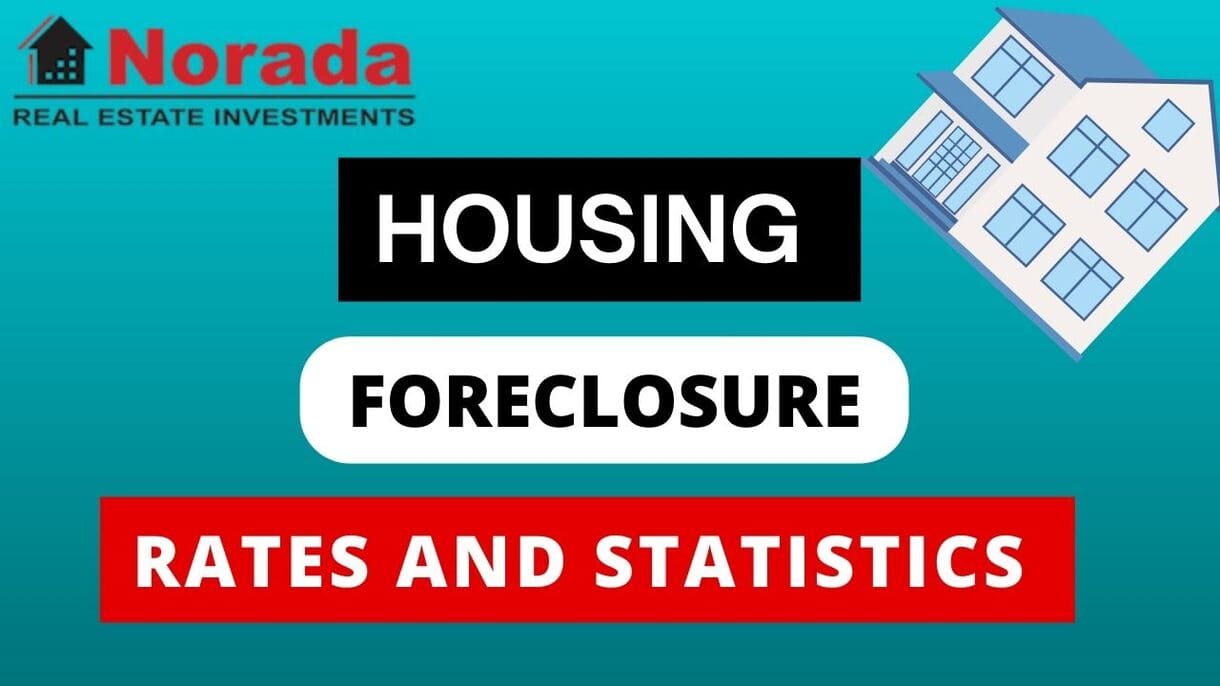The dream of homeownership in California took a slight hit in the second quarter of 2025, with affordability dipping compared to the first quarter. This means fewer households could afford to buy a median-priced home this past quarter. However, it's not all doom and gloom; looking back a full year, things have actually improved slightly.
These numbers from the California Association of Realtors (C.A.R.) don't entirely surprise me. We're seeing a familiar tug-of-war between rising home prices and the persistent specter of elevated interest rates. While the quarter-over-quarter dip is a concern for many prospective buyers, the year-over-year gain offers a glimmer of hope that the market might be stabilizing, albeit slowly.
California Housing Affordability Dips in Second-Quarter 2025, But Signs of Improvement Remain
The Numbers Don't Lie: A Closer Look at Affordability
Let's break down what these figures really mean for the average Californian. In the second quarter of 2025, only 15% of California households had the financial muscle to purchase the median-priced home, which was pegged at a staggering $905,680. This is a step back from the 17% who could afford it in the first quarter of 2025. To make those monthly payments, including principal, interest, taxes, and insurance (often called PITI), you'd need a solid $232,400 annual income, translating to a monthly payment of about $5,810.
On the condo and townhome front, things are a little better, but still tough. Twenty-five percent of home buyers could swing a median-priced condo or townhome at $670,000. This required a minimum annual income of $172,000, with monthly payments around $4,300. While this is an improvement from the 22% in the second quarter of 2024, it still represents a significant financial hurdle for many.
Why the Dip? Interest Rates and Price Tag Tango
So, what's behind this slowdown in affordability? The report from C.A.R. points to two main culprits: elevated interest rates and higher home prices. Even though the effective interest rate saw a slight dip to 6.90% in the second quarter of 2025 from 6.93% in the first quarter, and was down from 7.10% a year ago, it's still a significant increase compared to the ultra-low rates we saw a few years back. This means borrowing that much money is considerably more expensive.
Think about it: that extra fraction of a percent on a mortgage over 30 years adds up to thousands, even tens of thousands, of dollars more in interest paid. My own clients often express frustration, noting that even with a bit more income, the higher interest rates simply push them out of their desired price range.
The median price of a single-family home also jumped 6.9% from the first quarter of 2025. Although the report mentions a year-over-year decrease for the first time in eight quarters – a truly encouraging sign – the sequential jump is what's contributing to the quarterly affordability dip. It’s a complex market, indeed.
A Flicker of Hope: Year-Over-Year Improvement
Now, for the brighter side of the story. When we compare the second quarter of 2025 to the same period in 2024, California’s housing affordability has indeed improved. Back then, only 14% of households could afford a median-priced home. This year-over-year increase, though small, is significant. It suggests that while the immediate quarter was tougher, the market is showing resilience and a potential for future improvement.
This year-over-year gain is largely thanks to mortgage rates cooling down from their peak and, in some areas, a slight moderation in home prices. The C.A.R. report accurately highlights that for the first time in eight quarters, California saw a year-over-year decrease in home prices. This is a crucial detail that indicates the frenzy of price hikes might be cooling off, which is essential for long-term affordability.
The National Picture: California Still Out of Reach
It’s always useful to see how we stack up against the rest of the country. Nationwide, 34% of households could afford the median-priced home of $429,400 in the second quarter of 2025. This required an annual income of $110,400. While this also saw a dip from the previous quarter, it’s a significant climb from the 33% recorded in the second quarter of 2024.
The stark difference is clear: the minimum income needed to afford a home in California is more than double that required nationally. This isn't just a slight gap; it’s a chasm that highlights the unique challenges of the California housing market. My conversations with clients who are relocating from other states often revolve around this very disparity – the sheer cost of entry into the California dream.
County-by-County Breakdown: A Patchwork of Affordability
California's housing market isn't a monolith; it's a diverse collection of regional economies and housing markets. The report provides a granular look at this, and the variations are striking.
Key Takeaways from the County Data:
- Affordability declined in 23 counties compared to the previous quarter, remaining unchanged in 14.
- Despite higher prices, 16 counties saw affordability improve quarter-over-quarter due to lower mortgage rates and higher incomes in those specific areas.
- When looking year-over-year, affordability improved in 41 counties, while 12 saw declines or no change. This reinforces the notion of a broader, though uneven, trend towards better affordability compared to last year.
The Most and Least Affordable Counties:
- Lassen County remains the most affordable, with 46% of households able to afford the median-priced home. It also boasts the lowest qualifying income at just $73,200.
- Glenn County (39% affordability) and Tuolumne County (38% affordability) also show high levels of accessibility.
- On the flip side, Mono County is the least affordable, with only 8% of households able to buy the median-priced home. It requires an income of $232,800 to do so.
- Monterey and Santa Barbara counties follow closely at 10% affordability.
- The pricey San Francisco Bay Area continues to dominate the most expensive listings. San Mateo County demands the highest qualifying income at $564,800 for a median-priced home. Santa Clara ($548,800) and San Francisco ($459,200) are not far behind.
This county-level data is crucial for anyone looking to buy. It underscores the importance of understanding specific local market dynamics. A buyer in Lassen County faces entirely different financial realities than someone trying to purchase in San Mateo.
Looking Ahead: What Does the Future Hold?
The report offers some forward-looking insights that are worth considering. They expect interest rates to ease further in the coming six months, predicting a continued slowdown in the economy. This is good news for potential homebuyers, as lower rates directly translate to lower monthly payments.
However, there's a caveat: tariffs could lead to increased consumer prices and inflation. This creates a tricky situation for the Federal Reserve, which will have to balance controlling inflation with supporting job growth. If inflation heats up, it could lead to interest rates staying higher for longer, potentially negating some of the expected affordability improvements.
From my perspective on the ground, I'm seeing a market that is still very much in flux. Sellers are adjusting their expectations, and buyers are becoming more strategic. We're not in a buyer's paradise by any stretch of the imagination, but we're also moving away from the extreme seller's market of a few years ago.
The expectation of moderating home prices in the coming months, especially as the market cools after the spring buying season, is something I'm hearing from many of my colleagues as well. This, combined with potentially lower interest rates, could indeed lead to a noticeable uptick in affordability by the end of 2025.
The Ongoing Challenge: Beyond the Numbers
It's important to remember that these affordability indexes are based on statistical averages. They don't capture the full emotional and practical realities of buying a home. The stress of saving for a down payment, the competition for desirable properties, and the sheer uncertainty of the market can be overwhelming for many.
As a seasoned observer of this market, I understand that even when the numbers say a home is affordable, the journey to getting there is often a long and arduous one. The dream of homeownership in California is a potent one, driving many to make significant sacrifices. It's our job as industry professionals and, for those who are interested, as informed consumers, to understand the trends and navigate them as effectively as possible.
The California housing affordability dips in second-quarter 2025 is a data point, a snapshot in time. While it presents immediate challenges, the underlying trends and future predictions suggest that the market is slowly but surely working towards a more balanced and, hopefully, more accessible future for aspiring homeowners.
“Invest in Real Estate in the Growing Markets”
Discover high-quality, ready-to-rent properties designed to deliver consistent returns.
Contact us today to expand your real estate portfolio with confidence.
HOT NEW LISTINGS JUST ADDED IN MULTIPLE MARKETS!
Contact our investment counselors (No Obligation):
(800) 611-3060
Related Articles:
- California Housing Market Rebounds After a Three-Month Slump in Sales
- Is the California Housing Market Heading for a Crash or Correction?
- California Housing Market: Forecast and Trends 2025-2026
- California Housing Market Graph 50 Years
- The Great Recession and California's Housing Market Crash: A Retrospective
- California Dominates Housing With 7 of Top 10 Priciest Markets
- Real Estate Forecast Next 5 Years California: Boom or Crash?
- Anaheim, California Joins Trillion-Dollar Club of Housing Markets
- California Housing Market: Nearly $174,000 Needed to Buy a Home
- Most Expensive Housing Markets in California
- Abandoned Houses for Free California: Can You Own Them?
- California Housing in High Demand: 19 Golden State Cities Sizzle
- Homes Under 50k in California: Where to Find Them?
- Will the California Housing Market Crash?
- California Housing Market Crash: Is a Correction Coming Up?





